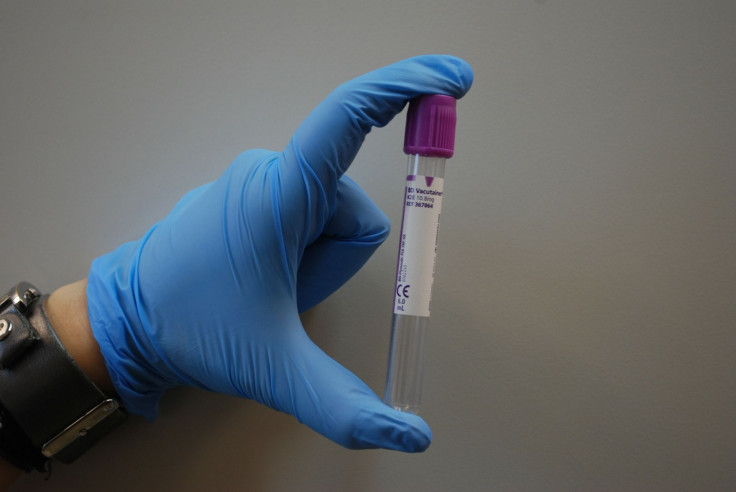New Hepatitis C Test Can Screen, Detect And Confirm Virus Presence More Quickly

Screening, detecting, and confirming the presence of the hepatitis C virus (HCV) may have just gotten a whole lot easier, thanks to new research from the University of California, Irvine. Researchers seem to have developed a cost-effective, one-step test that has potential to beat out current methods, which require two steps and can be expensive, inconvenient, and difficult to access.
These findings are set to be presented during this year's meeting of the American Association for the Study of Liver Diseases (AASLD) in San Francisco. "Our novel HCV antigen test system has significantly improved sensitivity and specificity over current tests," said lead researcher Dr. Ke-Qin Hu, a professor of gastroenterology and hepatology at UC Irvine School of Medicine, in a press release. "Finding a more convenient, easy-to-use and cost-effective screening alternative is imperative, because HCV is significantly under-screened and under-diagnosed."
The current method for screening hep C sometimes cannot distinguish active infection from a previous infection, despite being quite sensitive. It also requires a blood sample for two steps: First, virus-specific antibodies must be detected in the blood before a second test is administered to confirm whether or not the infection is active. Hu said that many developing countries are not equipped to administer the two-step test, especially the second step. In the U.S., that portion of the test alone can cost over $200. But with this new test, which samples urine instead of blood, there's potential to "significantly reduce the human resources, time, and cost involved with testing."
"The ability to detect infection using urine rather than blood avoids a needle stick and blood sample collection, greatly reduces the cost and necessary clinical infrastructure for screening and diagnosis, helping to promote widespread adoption of the test on a global scale," Hu said.
According to the Centers for Disease Control and Prevention (CDC), approximately 3.2 million Americans are chronically infected with HCV, and about 150 million people worldwide. Effective screening for the infection, along with efficient diagnosis and treatment, is critical to controlling transmission.
"Those who are HCV infected can now be cured, before a further liver injury and complications develop, but only if they are diagnosed," Hu said.
Normally, those with a HCV infection for not experience symptoms until a more serious liver injury has already developed — fibrosis, cirrhosis, or liver cancer, for example. The CDC currently suggests screening for high-risk patients, like intravenous drug users, those born between 1945 and 1965, and individuals who underwent blood transfusions before 1992.
Source: Hu K, Cui W. A Highly Specific And Sensitive Hepatitis C Virus Angtigens Enzyme Immunoassay (HCV-Ags EIA) or One-step Diagnosis of Viremic HCV Infection. American Association for the Study of Liver Diseases Annual Meeting. 2015
Published by Medicaldaily.com



























